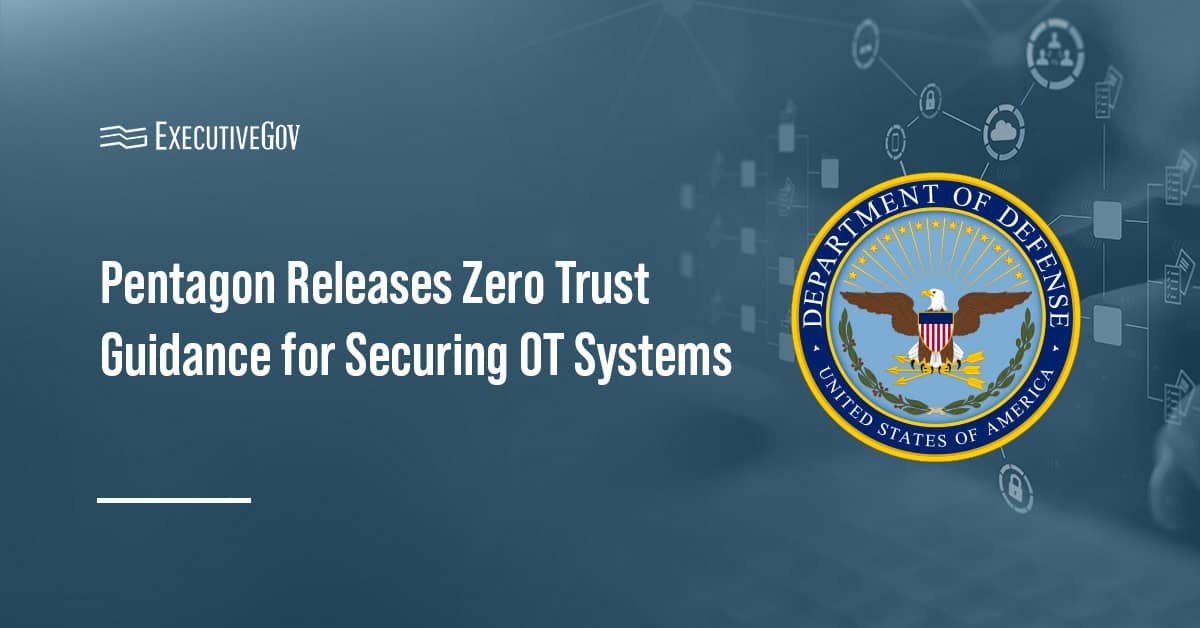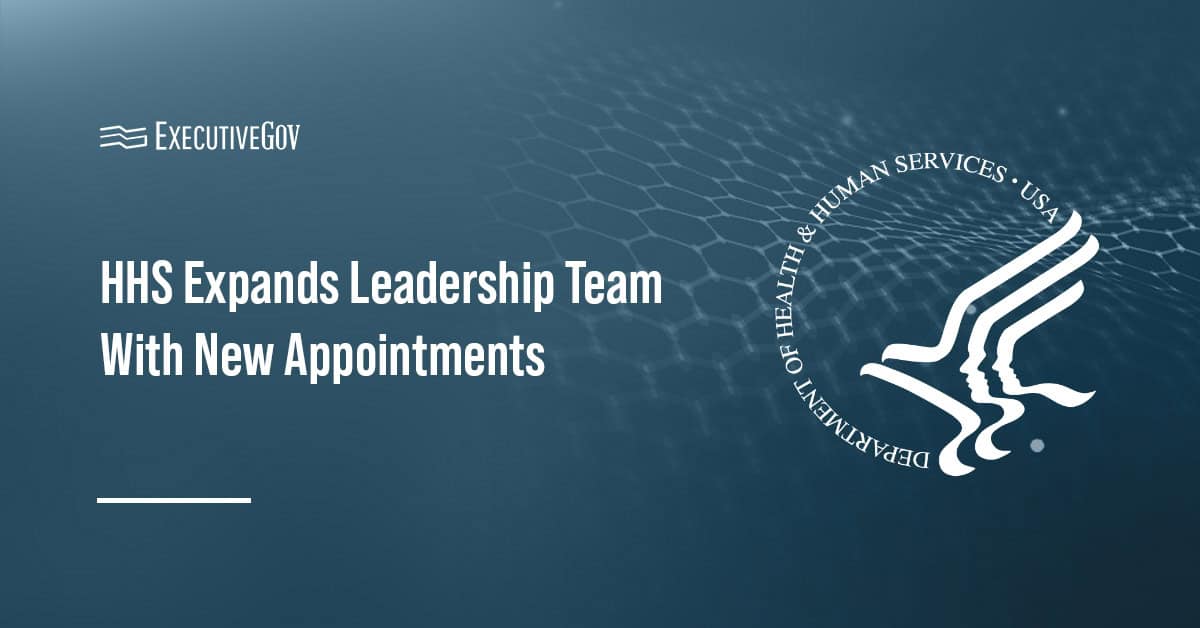 NASA Administrator Charles Bolden has urged 22 member countries in the European Space Agency to extend their partnership with the U.S. to continue supporting the International Space Station to 2024, Space News reported Thursday.
NASA Administrator Charles Bolden has urged 22 member countries in the European Space Agency to extend their partnership with the U.S. to continue supporting the International Space Station to 2024, Space News reported Thursday.Peter de Selding writes Bolden spoke before ESA’s ruling council ahead of a scheduled meeting in December, where agency members will vote on whether to extend their participation in the ISS program through at least 2020 and potentially 2024.
Bolden told the council ESA’s partnership will support research and technology demonstrations that work to aid humans beyond low-Earth orbit, de Selding quoted.
Bolden noted other ISS partners such as the U.S., Russia, Japan and Canada have committed to support ISS operations until 2024.
In December 2014, ESA governments declined to commit an extension of its partnership with ISS through 2020.





